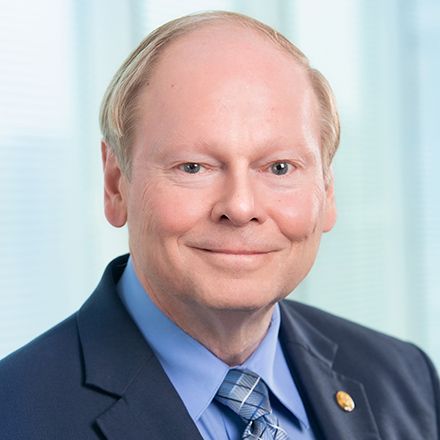Article
Update
Professional and financial news you can use
MEDICATIONS
Patients want you to fill their prescriptions
If given a choice, three out of four Americans say they'd rather have their prescriptions filled in their doctor's office instead of having to make a separate trip to a pharmacy. Households with kids (83 percent) and people age 25 to 44 (82 percent) were the mostly likely to want this convenience, according to the results of a recent telephone survey of 1,023 adults. The results indicate an opportunity for doctors to improve patient satisfaction and compliance-and perhaps give their revenues a boost-by adding what's known as "point-of-care dispensing" to their practice.

US ECONOMY
Businesses see an uncertain future
Do gloomy boardrooms spell doom for the economy? In what could be taken as a foreboding indicator, US businesses are maintaining high levels of cash or are actively building their cash positions, according to the Association for Financial Professionals (AFP) 2007 Liquidity Survey. Companies generally stockpile cash, the AFP says, when they're unwilling to invest in acquisitions, capital improvements, and expansion because they're feeling uncertain about economic and business conditions. Specifically, the survey found that 36 percent of organizations increased their balance of cash and short-term cash equivalents, such as money-market funds, from November 2006 to May 2007. In addition, 27 percent plan to increase these balances over the next 12 months.
PHYSICIAN PRACTICES
The ranks of the small get smaller
So much for the entrepreneurial spirit. According to the results of a recently released national study, the proportion of physicians in solo or two-doctor practices has decreased from 40.7 percent in 1996-1997 to 32.5 percent in 2004-2005. The decrease was largely among medical and surgical specialists; the proportion of primary care doctors in solo or two-physician practices remained stable during the same time period, at about 36 percent. The study's authors attribute the shift away from small practices to downward pressure on incomes combined with practice expenses that are growing faster than payment rates.
The study further revealed that the proportion of physicians in multispecialty practices dropped from 30.9 percent to 27.5 percent.
REAL ESTATE
Don't be fooled by home "staging"
Fresh flowers, best-sellers on the nightstand, a roaring fire, perfect place settings. These small, planned touches-known as "staging" in the real estate industry-can increase a home's sales price by an average of $5,645. That's great if you're selling a house, but buyers should prepare themselves to look past such clever and generally inexpensive tactics, says the National Association of Exclusive Buyer Agents, an Arlington, VA-based trade group. According to NAEBA brokers and agents who were surveyed recently, roughly four out of five home buyers are likely to be distracted from important issues when touring a staged property. In addition, more than half of the survey respondents say staging is often used to cover up real defects-as in the case in which a buyer's agent discovered a large wedding photo, displayed in the master bedroom, being used to hide a huge crack in the wall.





